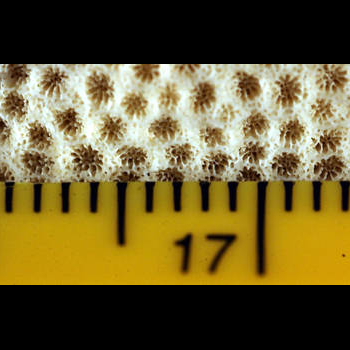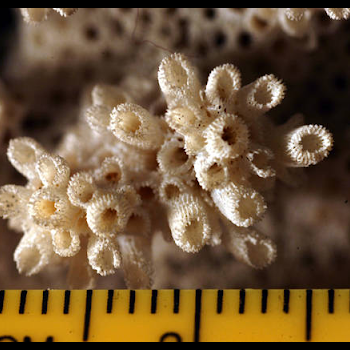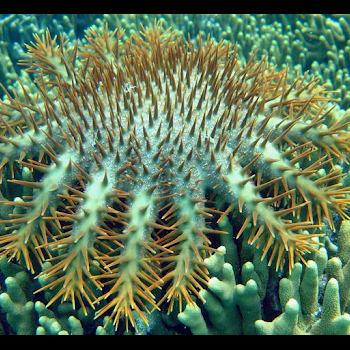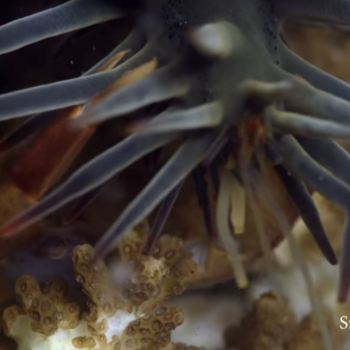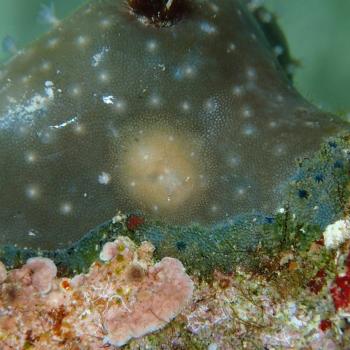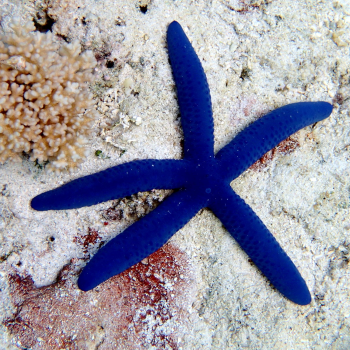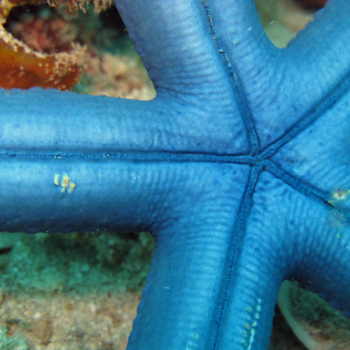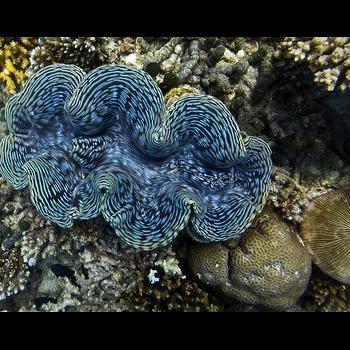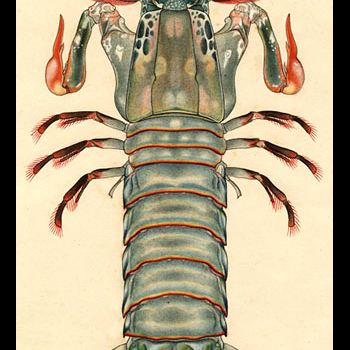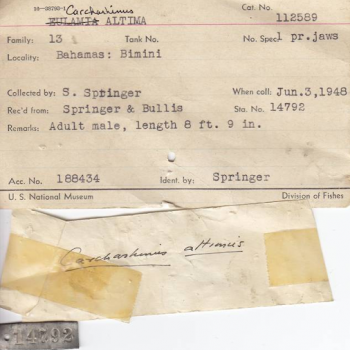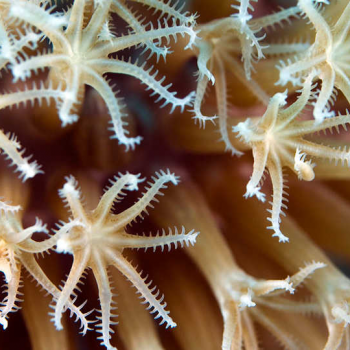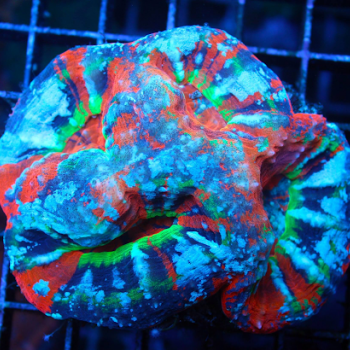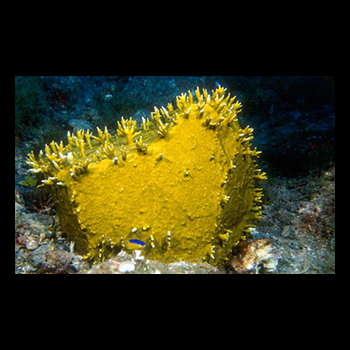Coral as Habitat
Corals create habitats that other sea creatures rely on for food and shelter. Approximately 25% of all marine biodiversity - from worms and crabs to turtles and sharks - are supported by coral reefs.
Acropora secale
Corals benefit from organisms that live on (or in) their physical structures. For example, invertebrates like brittle stars clear away sediment and prevent competing larvae from settling and growing on their home coral.
Stylaster brochi
Coral with massive growth forms create valuable structure and habitat, even without branches for small animals to hide in. These colonies provide surfaces to rest and hunt on, while some invertebrates can even burrow into the coral for shelter.
Porites lobata
Even among thriving and healthy reef ecosystem, corals have a few neighbors to watch out for. Many organisms commonly found on reefs feed on corals. Natural predators such as fish, sea stars, worms, crabs, and snails consume the soft, fleshy polyps of the coral, as their sedentary lifestyle allows for an easy catch.
Madrepora cytherea
Because hard corals build expansive structures, changing the underwater landscape and providing homes for so many other species, they are called “ecosystem engineers.”
Pocillopora grandis
This coral plays host to a very unique species of sea slug- the nudibranch Doridomorpha gardineri. This mysterious nudibranch is the only species in its family, and feeds exclusively on Heliopora polyps. It lies flat, perfectly flush to the surface of the coral, and has spots that mimic the pattern of the polyps, hiding it from potential predators.
Heliopora coerulea
Reef Occupants
Linckia sea stars live on coral reefs throughout the Pacific and Indian oceans. Though individuals vary in color, this species is known for its bright blue hue (derived from a pigment called linckiacyanin).
Linckia laevigata
Giant clams (Hippopus and Tridacna species) make up the world’s largest bivalve molluscs (soft-bodied, two-shelled invertebrates). On coral reefs, they are nurseries for juvenile fish and food for predators. They also help keep sea water clean through filter feeding and contribute to reef structure with their calcium carbonate shells. Like corals, they form a symbiotic relationship with zooxanthellae.
Bullmouth Shells or Red Helmet Shells (Cypraecassis rufa) are found on Tanzanian and Kenyan reefs in east Africa. Due to high tourist demand, these marine snails are becoming increasingly rare. Because these predatory snails feed on sea urchins, their removal has led to overpopulation of urchins, which can damage habitats.
Cypraecassis rufa
Longlegged Spiny Lobster (Panulirus longipes) are found in shallow tropical and subtropical waters of the Indo-Pacific and can grow up to 30 cm (12 in) long. As nocturnal hunters, they hide in reef crevices during daylight hours.
Panulirus longipes
Mantis shrimps are aggressive predators among coral reef inhabitants and use highly specialized and powerful chelae (pinchers) to attack prey. They also have the most complex eyes in the animal kingdom, with 16 color cones (humans only have 3: blue, green, and red).
Odontodactylus sp.
Common seadragons are found in seagrass and kelp beds of coastal Australia.
Their subtle movements mimic the swaying of underwater vegetation, while their leaf-like appendages help to camouflage them from predators. Like other members of the family Syngnathidae (seahorses and pipefishes), the males brood eggs in a pouch located under their tails.
Habitat degradation and collection for the aquarium trade have been identified as threats to this species.
Phyllopteryx taeniolatus
Spot-fin porcupinefish are found in all tropical and subtropical marine waters around the world and typically dwell in reef habitat. They are the largest members of the family Diodontidae (Porcupinefishes), reaching lengths of up to 3 ft or ~1 m. When threatened, they deter predators by swallowing seawater to inflate their bodies and simultaneously erect their large, imposing spines.
They have powerful beaklike teeth and large tooth plates that they use to feed on hard shelled organisms such as gastropods and hermit crabs.
Diodon hystrix
Spotted trunkfish are found in the reefs and seagrass beds of the western Atlantic from Florida to Brazil, including the Gulf of Mexico and Caribbean.
The ”trunk” in their name refers to the hard, box-like carapace of this species that serves as a protective armor against predators. The carapace is formed from thick hexagonal scale plates called scutes. Each scute has a rigid mineralized outer layer coupled with an inner layer of interwoven collagen fibers. Even if predators are able to bite into the hard shell, the fibrous layer will prevent the scutes from pulling apart. This is an amazing example of mechanical engineering from the natural world.
Lactophrys bicaudalis
Distributed worldwide across tropical and subtropical regions, Bignose Sharks inhabit deep water near the edges of continental shelves; ranging from near surface down to 810 m (2,657 ft). They prey on pelagic bony fishes, including but not limited to mackerel, sole, and batfish in addition to other sharks, rays, and skates from the sea floor.
Carcharhinus altimus
Coral Reefs & People
Coral reefs have long provided human populations with important nutritional, cultural, and economic resources. These ecosystems provide food and livelihoods to hundreds of millions of people and support economies worldwide, especially through fishing and tourism. Coral reefs also serve people by protecting shorelines from erosion and containing compounds with medicinal properties. Medicines derived from coral reefs have contributed to treatments for cardiovascular diseases, ulcers, leukemia, lymphoma, and skin cancer.
Some corals, especially octocorals, contain pigments in their skeletal structure that give them unique colors. Blue coral (Heliopora coerulea) is the only octocoral that builds massive aragonite skeletons similar to reef-building hexacorals.
Heliopora coerulea
For centuries, people have used colorful corals like Heliopora and Corallium as jewelry and decor. This unfortunately makes them vulnerable to overexploitation, so local and international regulations- like bans on dredging- are crucial for their protection.
Corallium sp.
Understanding coral reproduction is important for coral reef restoration efforts and could also reduce the amount of wild corals taken for the private aquarium trade. While most aquarium corals are collected from natural sources, researchers across the globe are working on ways to get corals to reproduce in captivity. This way, the potential damage from removing these important organisms does not impact their ecosystems.
Scolymia australis
Ocean Exploration
Only about 5% of the ocean floor has ever been explored, leaving huge possibilities for new discovery. Scientists are finding new and incredible animals with almost every dive to depths previously unexplored. The deepest depth humans have ever reached is 10,927 m (35,849 ft) at the bottom of the Challenger Deep, in the Mariana Trench. The deepest coral recorded to date is 6,100 m (20,013 ft).
Crypthelia viridis
Coral Futures
Like reef-building corals, this hydrozoan is susceptible to bleaching, caused by higher-than-normal water temperatures. During bleaching events, corals lose the algal symbionts (zooxanthellae) which they need to survive.
Globally, coral reefs are rapidly degrading from the combined effects of climate change, overfishing, pollution, and habitat destruction. These issues require multidisciplinary solutions that include ecological, social, and economic perspectives. Around the world, marine scientists, policy makers, social scientists, and coastal communities are working together to ensure futures for these ecosystems and the people that rely on them.

